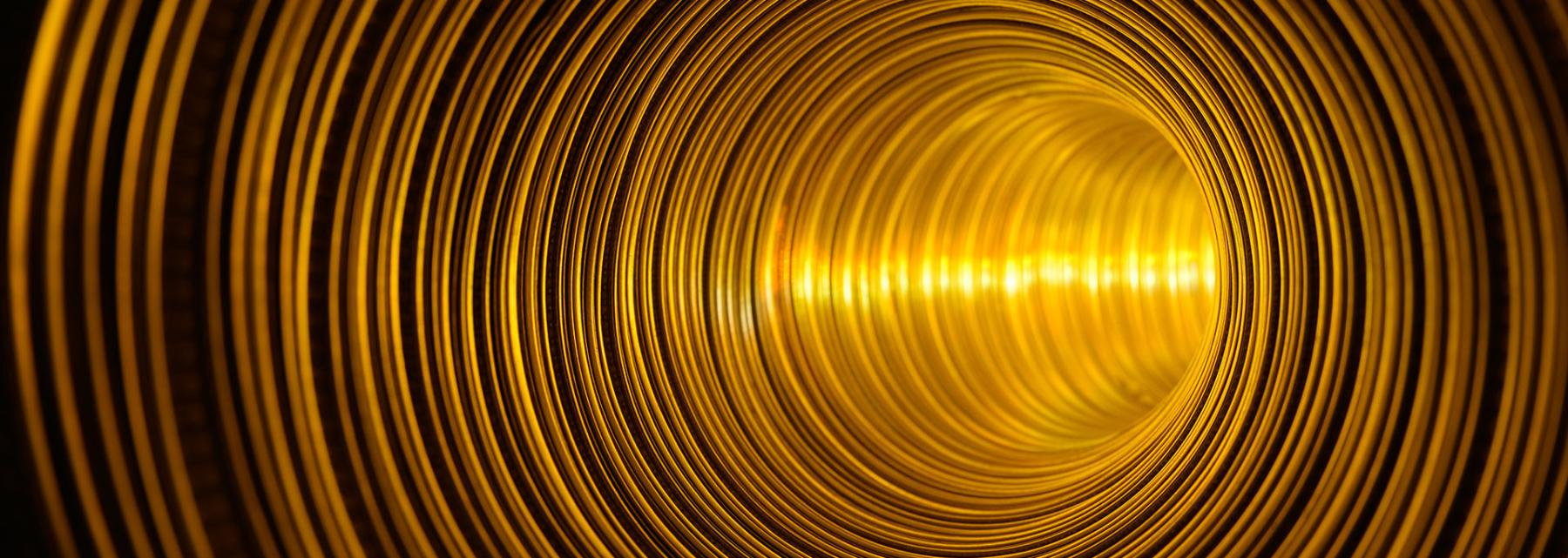
Light Interactions
by Hannah McKolay
This lesson is an introduction to a unit on the light and transverse waves. It can be utilized during a unit or at the beginning as an exploration. Students measure the speed of light in a medium (gelatin) by using an inexpensive laser such as a laser pointer or a laser level.
Lesson Plan Link/URL
https://docs.google.com/presentation/d/1hw1jpnL501134S65aSx_y4NifQ3NDBrF/edit?u…Subject Area
Science Physical Science P4: Energy Transfer Technology 1. Empowered Learner 3. Knowledge Constructor 4. Innovative Designer Engineering S3: Apply Mathematics to Engineering S4: Apply Science to Engineering Mathematics Measurement and Data (MD) Expressions and Equations (EE)
Featured
Off
Related Content

Grades:
8th Grade, 9th Grade, 10th Grade, 11th Grade, 12th Grade
More VR integration in the classroom, oh my! This is the second lesson of a two-day exploration of chain reactions. On day one, students received a general overview of chain reactions, Rube Goldberg

Grades:
9th Grade, 10th Grade, 11th Grade, 12th Grade
Using the Introduction to Hydroponics lab, introduce students to the features of the Hydroponic Systems. Students will explore the different types of grow mediums and grow lights used in the systems

Grades:
8th Grade, 9th Grade, 10th Grade, 11th Grade, 12th Grade
VR in the classroom, oh my! This Day 1 lesson provides students an introductory understanding of chain reactions, Rube Goldberg and his machines, the Oculus (Meta) Quest 2, the online game Dynamic